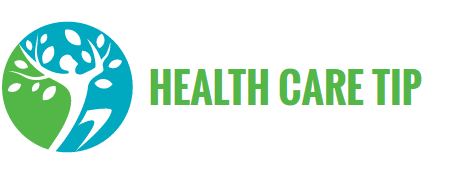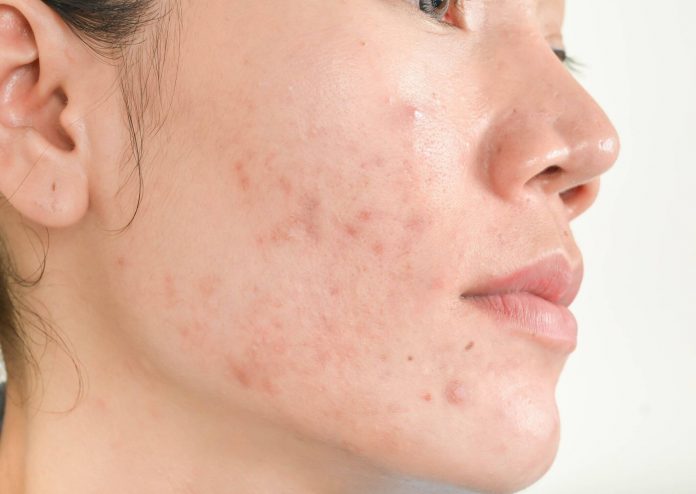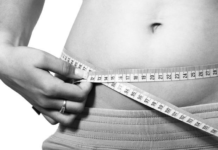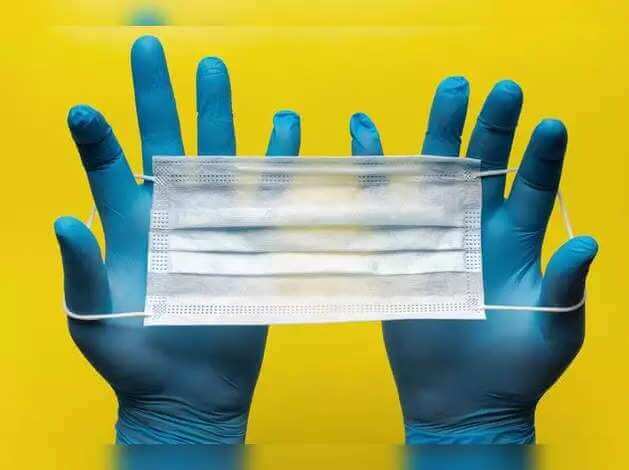Acne usually subsides after adolescence, but dermatologists are seeing more and more forms of acne in adults, with a higher prevalence in women. Acne in adult women has a characteristic presentation, as well as causes and triggers specific to women.
Contents
1. At what age and how often does it occur?
We found references regarding adult acne that occurs after 24 years of age, the majority under 35 years of age, and a minority between 35 and 44 years of age (1). It seems that the incidence of adult acne has increased in the last 20 years (1). The prevalence varies according to the studies between 14 to 54% of women (2) (remember that it includes mild forms).
We know that its incidence is increasing in the last two decades, without being very clear why, it has been attributed to the modern way of life. Most cases are persistent acne from adolescence and only 19% debut in adulthood (3).
2. How is it presented?
Three types of presentation of adult acne are distinguished (1,2):
• Persistent acne, continuation of acne from adolescence into adulthood.
• Relapse of previous acne that had returned after adolescence.
• Debut of acne in adulthood, generally from 20-25 years of age.
Classically, acne in women is also differentiated in two forms of presentation (2):
• Predominance of comedowns (blackheads), papules (pimples) and increased seborrhea.
• Predominantly inflammatory, with papules and pustules (pimples with pus), or even cysts.
3. Why does it occur?
Possibly the pathogenesis or causes of acne in adult women and adolescent acne are similar. In acne in adult women we find three main phenomena (1,2):
• Presence of strains of Propionibacterium acnes that produce inflammation in the sebaceous gland.
• Presence of levels of the hormone dehydroepiandrosterone sulfate (DHEA-S) capable of stimulating the sebaceous gland, and this can do so in the normal range.
• Family predisposition, many patients have female relatives who have also suffered from adult acne (up to 67%).
• It is believed that it can also influence an activation of innate immunity in the skin (2).
It is possible that acne in adult women is influenced by multiple aggravating factors such as sun exposure, stress, obesity, diet, tobacco, cosmetics, medications, sleep disturbances, changes in the content of the sebum, excessive washing of the face or excessive use of creams3.
In a minority of patients, acne present in adulthood may indicate the presence of Polocystic Ovary Syndrome (PCOS) (4). This syndrome is generally accompanied by some other signs of virilization (androgenize), such as the presence of irregular menstrual cycles, increased body hair (hirsutism or weight gain, increased blood glucose or cholesterol. This is why, I always question patients who come to my office with acne in adulthood in this regard to rule out PCOS and ask them if they have attended gynecology check-ups and their results. If I suspect PCOS, I request an analysis with specific study of the hormones and blood parameters involved.
4. How is adult acne different from adolescent acne?
5. Does acne in adult women have any special characteristics? Is it related to menstruation or cosmetics?
Worsening of acne with menstruation seems more typical of adult female acne. It has also been related to the overuse of cosmetics such as makeup, peelings or masks. In darker or darker skin, acne in adult women can leave dark spots in the affected areas (treatable) (2,4).
6. What other skin conditions resemble adult female acne?
In my opinion, which coincides with other authors (1), acne in adult women should be differentiated from the spectrum of acne rosacea and perioral dermatitis . Both dermatoses appear in middle-aged women with sensitive skin, with acne-like eruptions on the face.
Other situations to take into account are acne-like eruptions on the face and upper body that can be caused by taking some drugs (mainly corticosteroids) or anabolics, damp heat or superficial infection of the hair follicles by some bacteria ( 2.5).
7. What psychological impact does it have?
Having acne at any age affects the quality of life, self-esteem, interpersonal relationships, and all daily activities, that is clear, and often underestimated, both by the doctor and by “companions”. Acne in adult women is no exception. Numerous studies demonstrate this psychological repercussion, with affectation of interpersonal relationships and the appearance of stress. In adult women, the appearance of what we call “excoriated acne” is frequent, which is produced by “pinching” the lesions in an attempt to cure them (1,2,3). The psychological impact of having acne is comparable to that of having arthritis, diabetes or epilepsy5.
Sometimes the doctor is not able to perceive the psychological impact of acne in adulthood, which also does not correlate with severity. Dermatologists must try to be empathetic, understand the patient and know that acne affects emotionally and assess the need for psychological support. We also know that when acne improves, so does the psychological affectation of patients (1,3).
8. How is acne in adult women treated? Is it different from managing adolescent acne?
Numerous studies have shown that adult female acne responds to the same treatments as juvenile acne.
Perhaps in this form of acne, some aspects of life become important when planning treatment, such as personal and work relationships, the desire to have children, diet, tobacco or sports activities. In the case of suspected hormonal acne, tests should be performed to rule out Polycystic Ovary Syndrome (PCOS) (1,2,5).
9. How should daily skin care be?
It is convenient to instruct patients with acne on daily skin care that will later be complemented with medical treatment. In general they are (1):
• Non-soap cleaners with neutral PH.
• Hydration with non-comedogenic creams : to compensate for the treatments we use in acne creams that dry out the skin.
• Sun protection with iol-free creams: to prevent inflamed acne lesions from leaving dark marks (post-inflammatory hyperpigmentation), because some acne cream treatments sensitize to the sun and because sun exposure can worsen acne, especially sunscreens. of tanning
• Non-comedogenic or oil-free makeup, sometimes necessary to camouflage lesions while treatment begins to improve.
10. What treatment creams are used for acne in adult women?
Acne in adult women is characterized by a somewhat more chronic course and frequent relapses, so maintenance treatment is essential (2). The algorithm for use in acne in adult women is in the box for this text and the active ingredients used in depth in the acne treatment section of my website. For those who don’t want to scroll (1,2,3,5):
Retinoids or retinoic acid cream:
• They are the first line in the treatment of acne in adult women (2).
• Adapalene, tretinoin, or retinoic acid are used.
• They reduce comedowns, inflammatory lesions, hyperpigmentation (dark spots) and improve healing.
• Patients should be instructed to gradually introduce them as they can irritate the skin at the start of treatment.
• They should not be used in the first trimester of pregnancy.
Azelaic acid cream 15-20%:
• It is an effective and well tolerated treatment with the advantage of safe use in pregnant women.
• Reduces inflammatory lesions, comedones, and improves pigmentation.
Benzoyl peroxide cream at 2.5-5%:
• It is a powerful antibacterial agent, with anti-inflammatory action and reduces comedowns.
• It is safe in pregnancy
Topical antibiotics:
• As in other forms of acne, their prolonged use is generally not recommended, although they can be very useful in the acute phase alone or in combination with the above active ingredients.
11. When and what pill treatments are used?
In general, pill treatments are necessary for persistent, resistant, scarred or moderate-severe forms of acne in adult women (1,2,3). Also all of them developed in depth on the acne treatment page of my website , they include:
Oral isotretinoin :
• The well-known “Rakuten”, which is losing its unfounded bad reputation among non-health professionals.
• New ways to prescribe it have made it versatile and easy to treat acne with the use of low doses, intermittent or macrodomes
• I consider it especially useful in scarring, persistent or resistant forms of acne, as well as in severe forms, since sometimes it is the only way to treat them effectively.
• It is always important to remember that regardless of the dose or regimen used, women of childbearing potential should not become pregnant during treatment or one month after finishing it, as it could affect the future baby.
Hormonal therapies:
• They include oral contraceptives to which antiandrogens such as cyproterone acetate or spironolactone are added if there is no improvement in 3 to 6 cycles (2,4). Metformin has also been used off-label.
• They are useful to reduce excess sebum, in forms that worsen with menstruation, in persistent acne or in the case of underlying endocrine abnormalities (4).
Oral antibiotics:
• May be given in courses of weeks to decrease inflammation.
• Prolonged use is not recommended.
• The most used are tetracyclines or macrolides with little response and only approximately 20% of patients respond to this treatment (2).
• Relapse after treatment is the norm (up to 82% of patients)
12. Is acne curable in adult women? Do you need maintenance therapy?
In this form of acne it is common to find recurrences and this is how I explain it to my patients1. These recurrences are approximately 80% after treatment with oral antibiotics and 20% after treatment with oral isotretinoin (2).
When the treatment ends, patients need maintenance treatment and sometimes try again, and nothing happens. The goal of acne treatment I think right now for the dermatologist is the complete answer. In general, I usually use effective long-term cream treatments, such as retinoids or azelaic acid.









